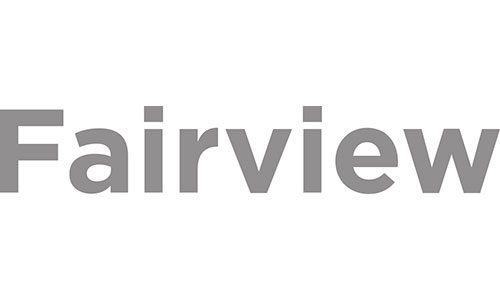Ever scroll through your phone and see an ad that feels weirdly relevant? Like, “Wait, how did they know I was thinking about tacos and new running shoes?”
That’s digital ad targeting in action. And for local businesses, it’s kind of a game-changer.
What Is Digital Ad Targeting?
Let’s break it down. Digital ad targeting is exactly what it sounds like: showing ads to specific people based on things like where they are, what they’re interested in, or even what they’ve been searching online.
Instead of spending money trying to reach everyone, businesses can focus on targeting the right people—those who are most likely to care, click, and convert.
Think of it like this: rather than handing out 1,000 flyers on a street corner, you’re giving the perfect flyer to someone who’s already looking for what you offer. Way more efficient.
Why Should Local Businesses Care?
Because your business probably doesn’t need to reach the entire country. Or even your entire state.
You need to reach the people in your neighborhood, your town, or your corner of the city. People who could realistically become customers, patients, or regulars. With digital targeting, you can do just that.
It helps you spend less and get more by targeting only the people who live, work, or play in the area you serve. Which leads us to some of our favorite tools…
What’s Geofencing, and Why Is It So Smart?
Geofencing is a fancy term for a simple concept: drawing a virtual boundary around a real-world area, such as a building, neighborhood, or even a parking lot, and then displaying ads to people when their phone enters that zone.
For example, if there was a business conference located in Minneapolis, we could set up a geofence around the conference center. That way anyone who attends the conference would receive targeted ads just by entering the area.
What’s the Difference Between Geofencing and Geotargeting?
Geofencing is drawing a digital perimeter to trigger action when someone enters it, whereas geotargeting is when you target a general location.
At Creative Arcade, we often use geotargeting for our clients, especially those in the healthcare industry. For instance, let’s say a hospital wants to promote its surgical care services. Instead of targeting the whole region, we focus on the zip codes where their current and potential patients actually live. That way, their message lands where it matters most, and their marketing budget stretches a whole lot further.
Retargeting, the Next Phase
After geotargeting a specific area, you’ll start to see people engage with your ad. Maybe they’ll click on it, visit your website, or maybe just browse for a while without taking action. This is where retargeting is important. Now we’ll show follow-up ads to those same people, reminding them about your brand, offer, or service.
Retargeting is critical after geotargeting because it helps build recognition, improves conversions, and helps nudge your audience toward a decision.
It’s Not Just Clever. It’s Powerful.
Digital ad targeting doesn’t just make ads more relevant; it makes them work harder.
When you combine thoughtful strategy with tools like geofencing or geotargeting, you can:
- Show up in the right place at the right time.
- Reach the people most likely to respond.
- Stop wasting money on clicks that don’t matter.
Bottom Line: Target Smarter, Grow Faster
Digital targeting might sound high-tech, but at its core, it’s all about being intentional. You’re not shouting louder; you’re speaking clearly to the people who are already listening.
Want to explore how it could work for your business? We’d love to help you unlock the power of smart targeting. Let’s Chat.



